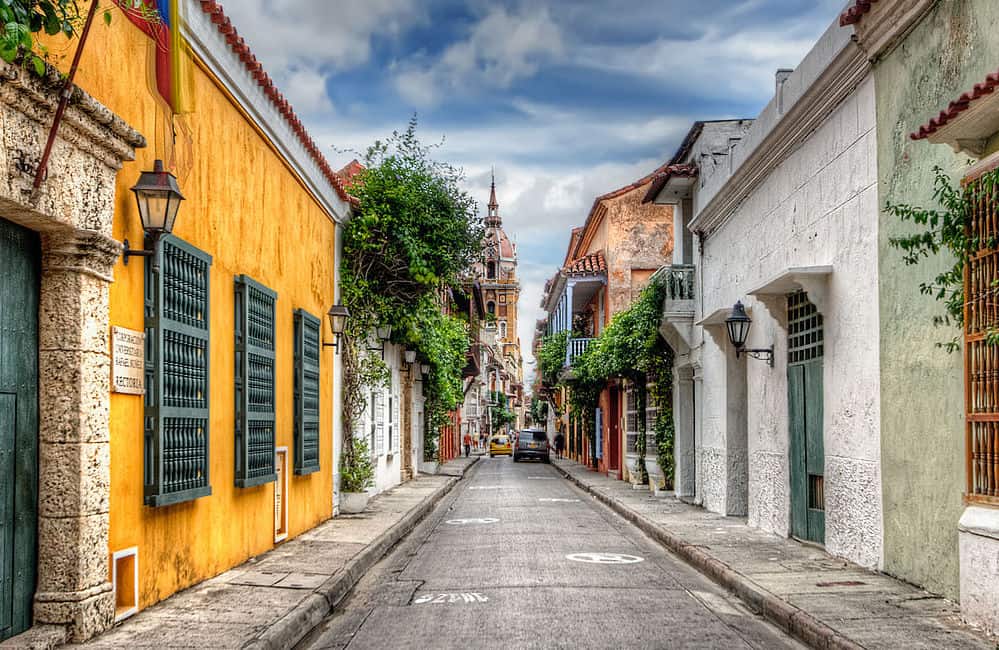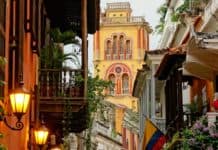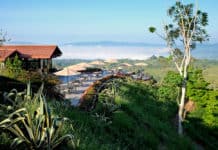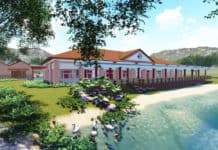
Colombia continues to put itself on the meetings map with major developments—the Agora Convention Center set to debut this spring, for example—happening in Bogota.
While this new infrastructure makes it easy for meeting planners to plan meetings, the country’s elusive history makes it one attendees want to explore more. Of the country’s eight UNESCO World Heritage Sites, here are five that will help groups understand the Colombian culture and history better.
Coffee Cultural Landscape of Colombia
The Coffee Cultural Landscape of Colombia encompasses six sites, which integrate 18 urban settlements. Here, coffee farmers have been producing coffee for centuries, using methods that have been passed down from generation to generation. Groups can visit the farmed coffee plantations that produce Colombian coffee—considered some of the world’s best.
Historic Center of Santa Cruz de Mompox
Located in northern Colombia, Mompox, officially Santa Cruz de Mompox, managed to preserve its colonial architectural features, most of which are still used for their original purposes. The Municipal Palace, City Hall, House of the Apostles and San Francisco Church are a few of the notable structures in the city’s historic center, considered a UNESCO World Heritage Site.
Port, Fortresses & Group of Monuments in Cartagena
Named after the Spanish city, Cartagena is the fifth-largest city in Colombia and is located on the country’s northern coast. Its colonial walled city and fortress were declared a UNESCO World Heritage Site in 1984, as it is one of the most extensive and most complete examples of military architecture from the 16th, 17th and 18th centuries.
San Agustin Archaeological Park
Located in San Agustin, Hila, the archaeological park contains the largest collection of religious monuments and megalithic sculptures in Latin America, and is considered one of the world’s largest necropolises (or large ancient cemeteries). The park’s wild landscape melds well with the unique artistic styles of the sculptures that range from abstract to realist.
National Archeological Park of Tierradentro
Similarly, the Tierradentro, located near Popayan, features a pre-Columbian hypogea (or underground tomb). Like several traditional hypogeas, this one includes a spiral staircase, main chamber and several smaller chambers—each of which contains a corpse. Ancient geometric patterns are painted in red, black and white on the tomb’s wall, while some statues and pottery remains line the funeral complex.










